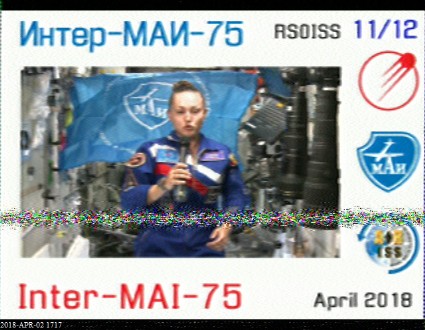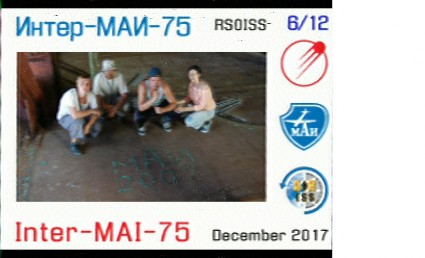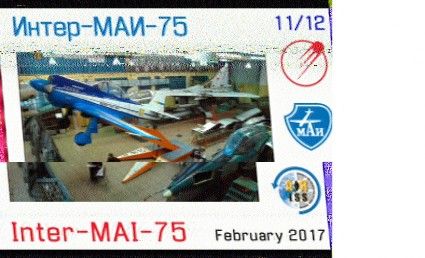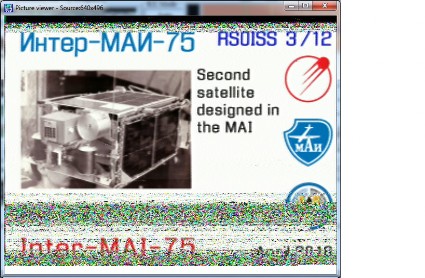SSTV/APT
Slow Scan Television or SSTV is used to transmit still images over a period of several minutes, usually taking up a maximum of 3KHz bandwidth.
This method of transmission is used mainly by radio amateurs but also used by numerous satellites orbiting the Earth including the International Space Station (ISS) which transmits at 145.8 MHz
Automatic Picture Transmission or APT is a similar concept developed for use on weather satellites enabling anyone with suitable equipment to receive images as the satellite passes overhead.
Currently the U.S satellites NOAA-19, NOAA-18 and NOAA-15 are all transmitting images as well as the Soviet Meteor 2-21 and Meteor 3-5
APT is received at 137 MHz and a bandwidth of approximately 34 KHz
The equipment I use to receive the NOAA telemetry is a Software Defined Radio (SDR), PC laptop running a program called WXtoIMG and a simple Turnstyle antenna.
On the right is an example image I received from NOAA-15 on the 31st May 2016 at 17:41 UTC
The satellites pass over my location in Europe several times a day which means I can usually acquire at least one or 2 reasonably clear images.
Below is a short video I made showing the SSTV being decoded as the ISS flew past my location at 17:10 (local time) on 13th April 2016The video shows the software SDR# driving my SDRplay. Once I have located the SSTV signal which from the ISS is around 145.800MHz, I start the MMSSTV software.
If like me you are fairly new to this, it is worth getting an idea of what SSTV looks and sounds like so I hope it is of some help.
SDR# is setup in WFM mode, tuned to the correct frequency and the audio output is sent to my pc speakers. MMSSTV is setup to take it's input from the PC speakers, if all is well you should see the level meter turn green and your image will slowly appear.
In SDR# I attempt to keep the signal in the centre of my waterfall display. As the ISS moves across the sky the frequency will start to change slowly due to Doppler shift. It's easy to do this using an SDR# as you can visually see the frequency slowly creep down.
You should also make a recording of the SSTV signal so that if anything goes wrong during the capture you can play it back later into MMSSTV and decode the images. I just used a free audio grabber that runs in the background while all this is going on.
I have started archiving SSTV images as I receive them and placing them up on my blog. I will create a thumbnail and link for each of the received dates of transmission.

Received April 2018
Click on the link to see more http://digitalrust.co.uk/blogz/?p=866


Received February 2017
Click on the link to see more http://digitalrust.co.uk/blogz/?p=746

Received April 2016
Click on the link to see more http://digitalrust.co.uk/blogz/?m=201604

